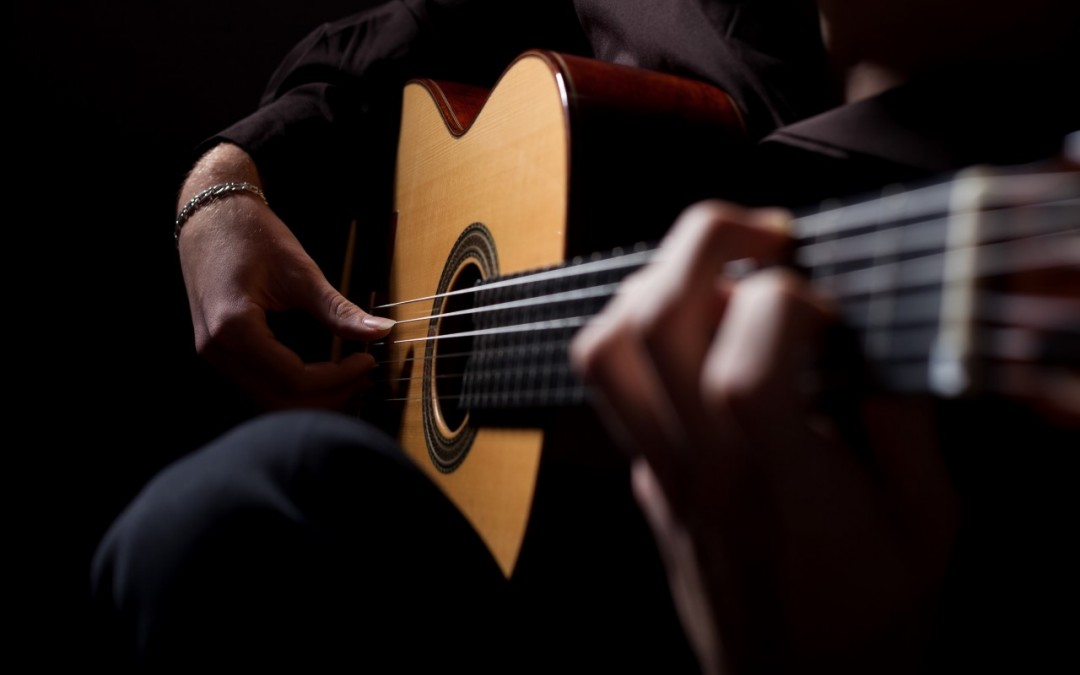Hey there, today we have a more advanced topic, delving into the world of jazz with “the altered scale”.
What is the altered scale?
The altered scale is the Locrian mode (built on the 7th degree) of the melodic minor scale – quick side note – when we talk melodic minor we mean the ascending version only, i.e. always with the raised 6th and 7th.
Why is this special?
What this scale does (or mode of a scale) is give the b9 and #9, as well as the b5 and #5. On top of this it has the major 3rd and the minor 7th, which are of course the guide tones for the Dominant 7th chord.
So what’s special about it is that while it still can highlight the guide tones of the dominant 7th, it also provides the notes which give a great amount of tension and dissonance, which brings me to the next point.
Where to use the altered scale?
In the last paragraph we talked about this being perfect for a dominant 7th chord. The dominant 7th chord is a very “unstable” chord. What does this mean? It sounds like it needs to resolve. Always. So it already has a good degree of tension, making it a great candidate to throw into chaos before resolving in the next chord.
The ii-V-I is a great example of this. Of course, not every dominant 7th chord is part of a ii-V-I but it’s very common and a good example. By throwing these notes of tension over the V chord in this sequence, not only will you give it whole new flavours, but also the resolve to the I chord will be that much sweeter.
How to use this?
This was kind of answered in the last paragraph but I want to highlight 2 tips.
1) Think of the notes, rather than the scales:
You could learn the melodic minor patterns (which is good) and apply it that way, but I believe it is much more effective to think about the notes themselves. Think about the b9, #9, b5 and #5 and where they sit in relation to the chord you are playing over. This is a much more effective way of controlling the sound you really want and will also help you avoid the scalic style of playing.
2) Timing:
Yeah obviously timing, but more importantly dissonance in timing. Where in the bar you play your notes will have a large effect on how dissonant they sound. Obviously on the 1st and 3rd beats, notes will sound much more dissonant than anywhere else, especially if it’s an off beat. The length you hold the note also makes a difference.
There isn’t a right or wrong in that, but you want to be in control of just how much tension and dissonance you are bringing into your lead jazz playing.
Thank you for reading, I hope that delving into the world of jazz has been fun. However, this is a fairly advanced subject so will post some more blogs shortly on jazz which are a bit more accessible.
Please remember to subscribe, share comment and give me your feedback. Also, if you are looking for lessons, either online or in person, don’t hesitate to contact me.
Paul
TMTG
